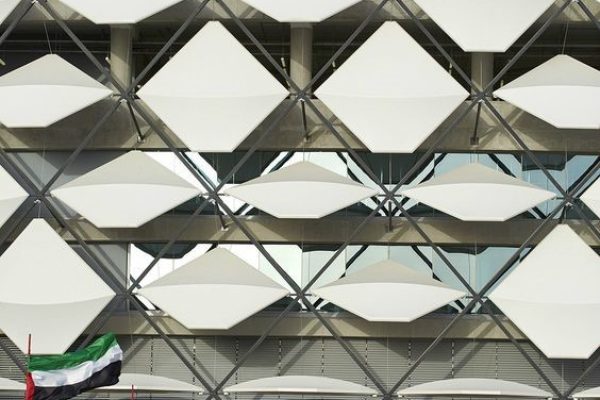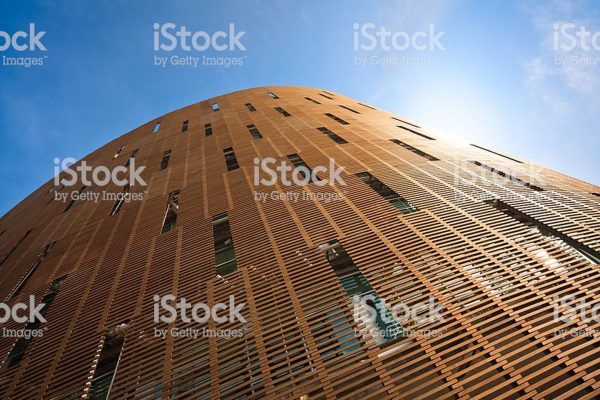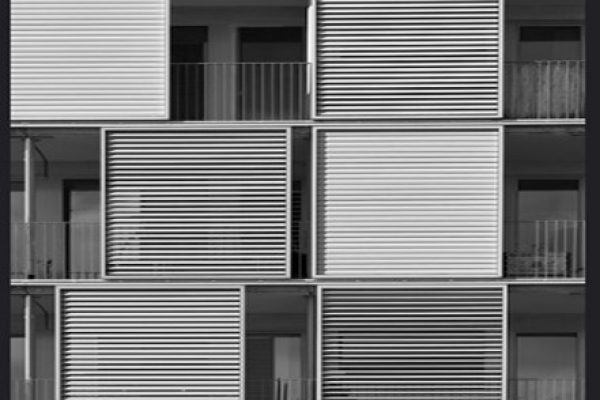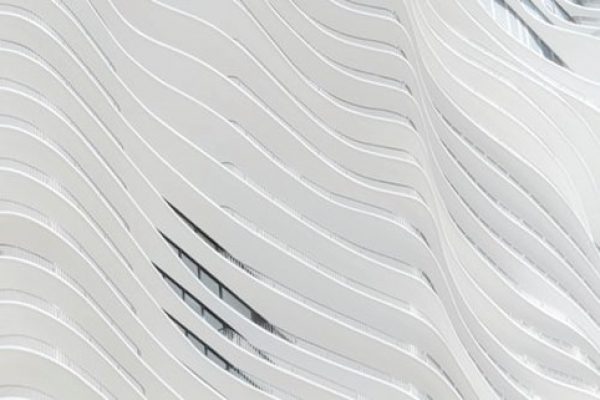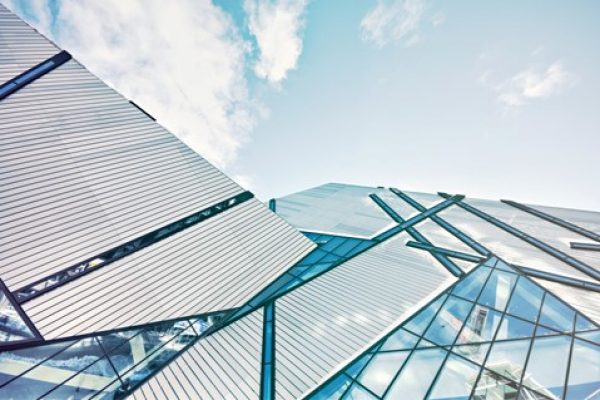Solar shading systems are architectural designs made in order to control daylight and prevent energy loss in buildings. While ensuring the energy control of the building, it also offers a visually stylish appearance.
One of the most important features of the age of technology is to maximize comfort while minimizing energy resources. In ideal designs, it is an excellent choice to ensure maximum daylight use in your home, office space or factory building and to minimize energy loss. Solar shading systems are designed to provide this optimum transformation in buildings. It enriches the buildings. In the form of movable or fixed systems, it serves functions such as protection against the effects of the sun, directing daylight, but it is also used to create different facade solutions.
In order to prevent overheating of a room, it is installed on building facades, roofs and different surfaces to be determined. Thanks to the outer fins that can be adjusted according to the sunlight need, the room does not heat up and does not require additional ventilation such as air conditioning.In cases where air conditioning is used, Optimally designed solutions allow the sunlight to stop up to 80%, thus reducing the energy consumption from the air conditioner by up to 30%.
It is an ideal solution for your building both economically and in terms of protecting the surface with its elegant appearance that provides heat insulation without interrupting the light on glass facades where the sun is reflected vertically, protects the facade from adverse weather conditions, is used on the exterior of all kinds of projects and adds value to the facade.
These are fixed or adjustable, ellipsoid or rectangular shaped aluminum profiles mounted on an aluminum or steel construction in front of the glass facade of the building, making the whole structure light but durable. Fixed batten louvres are used as an aesthetic solution to wrap the entire building or part of it, even where there is no glass surface.
Availability of a wide variety of materials (from aluminum to timber), colors (on demand or anodized in addition to the standard RAL range) and different fabrication materials – and blade profiles provide a range of customized architectural solutions that can be integrated into a facade that works best.

